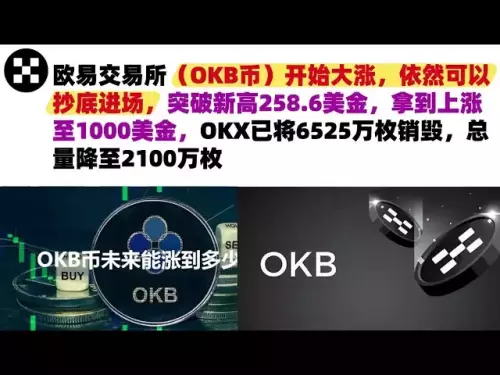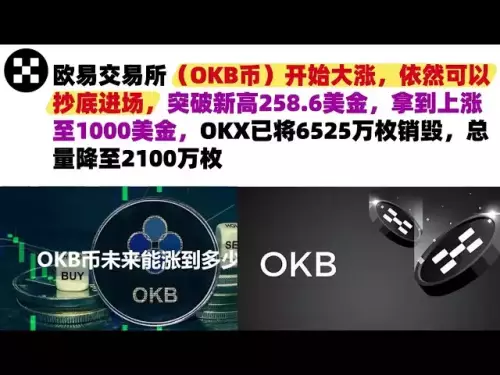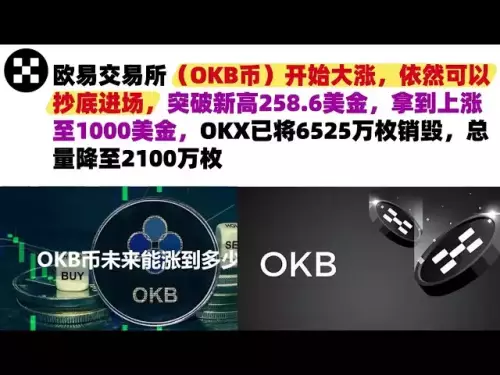Explore how Bitcoin infrastructure SPACs are reshaping institutional investment in digital assets, driven by regulatory tailwinds and technological innovation.

Yo, crypto fam! The convergence of Bitcoin, SPACs, and institutional adoption is straight-up changing the game. Let’s break down how these Bitcoin infrastructure SPACs are becoming the new kids on the block, attracting serious institutional cheddar and paving the way for a crypto-centric future.
Strategic Investment Opportunities in Blockchain Financial Infrastructure
Bitcoin infrastructure SPACs are strategically positioned to leverage regulatory clarity and tech innovation. The SEC’s reclassification of Bitcoin and Ether as cash equivalents, along with the approval of spot Bitcoin ETFs like BlackRock’s IBIT, has legitimized Bitcoin as a core asset class. Institutions are throwing down significant capital to gain exposure to regulated infrastructure, with over $16 billion raised through crypto SPACs since 2023. This ain't just hype; it's a fundamental shift toward custody solutions and cross-border payment systems.
Regulatory Tailwinds and Market Dynamics
The U.S. government's exploration of a strategic crypto reserve and the passage of the CLARITY and GENIUS Acts have solidified institutional confidence. With the Trump administration pushing for a federal crypto framework, 60% of institutions with over $500 billion in AUM have allocated more than 1% of their portfolios to digital assets. It's like, finally, Uncle Sam is starting to get it.
The Rise of Bitcoin Infrastructure SPACs
In 2025, Bitcoin infrastructure SPACs mark a pivotal shift in institutional investors' access to digital assets. These SPACs, like the $200 million Bitcoin Infrastructure Acquisition Corp (BIXIU), strategically build the infrastructure needed for institutional-grade crypto adoption. Targeting custody solutions, DeFi, and tokenized financial instruments, they address gaps hindering institutional participation in Bitcoin markets.
Risks and Rewards
Of course, it ain’t all sunshine and rainbows. Post-merger price discounts and custodial challenges persist. But with Bitcoin’s projected $4 trillion market cap by 2030, these risks seem manageable. The SPAC model's capital deployment efficiency, compared to traditional IPOs, enhances its appeal in this rapidly evolving sector.
PYTH Network: A Glimpse into the Future
Check this out: The U.S. Department of Commerce is partnering with Pyth Network (PYTH) to distribute real-time economic data onchain. PYTH surged over 70% following the announcement, with whale activity intensifying. This move bridges traditional finance (TradFi) and decentralized finance (DeFi), positioning the U.S. as a global leader in blockchain innovation. With strategic investment timing, PYTH's $0.30 price target is within reach.
Conclusion: A New Era for Institutional Capital
Bitcoin infrastructure SPACs are redefining institutional investment in digital assets, providing a regulated, scalable pathway to blockchain financial infrastructure. As these SPACs attract capital and regulatory support, they'll drive innovation in custody, tokenization, and DeFi, solidifying Bitcoin’s role as a core asset in institutional portfolios.
So, there you have it. Bitcoin, SPACs, and institutional adoption are converging, creating a whole new ballgame for crypto investors. Keep your eyes peeled, stay informed, and who knows? Maybe you'll be the next crypto whale swimming in digital dough. Peace out!























































































